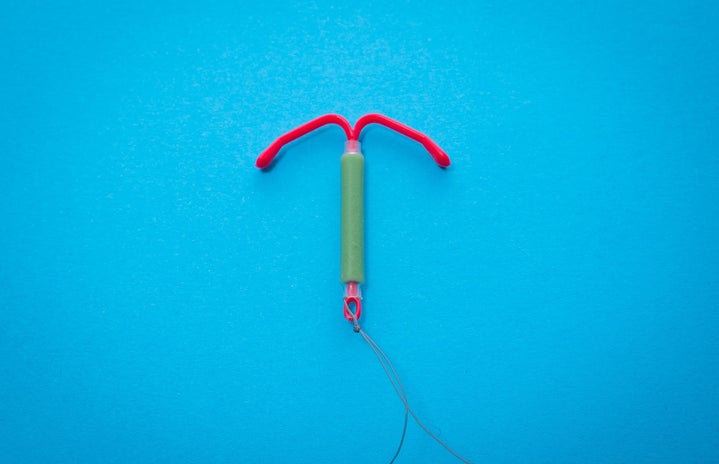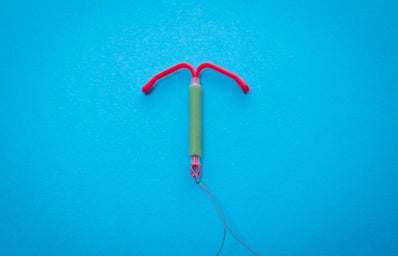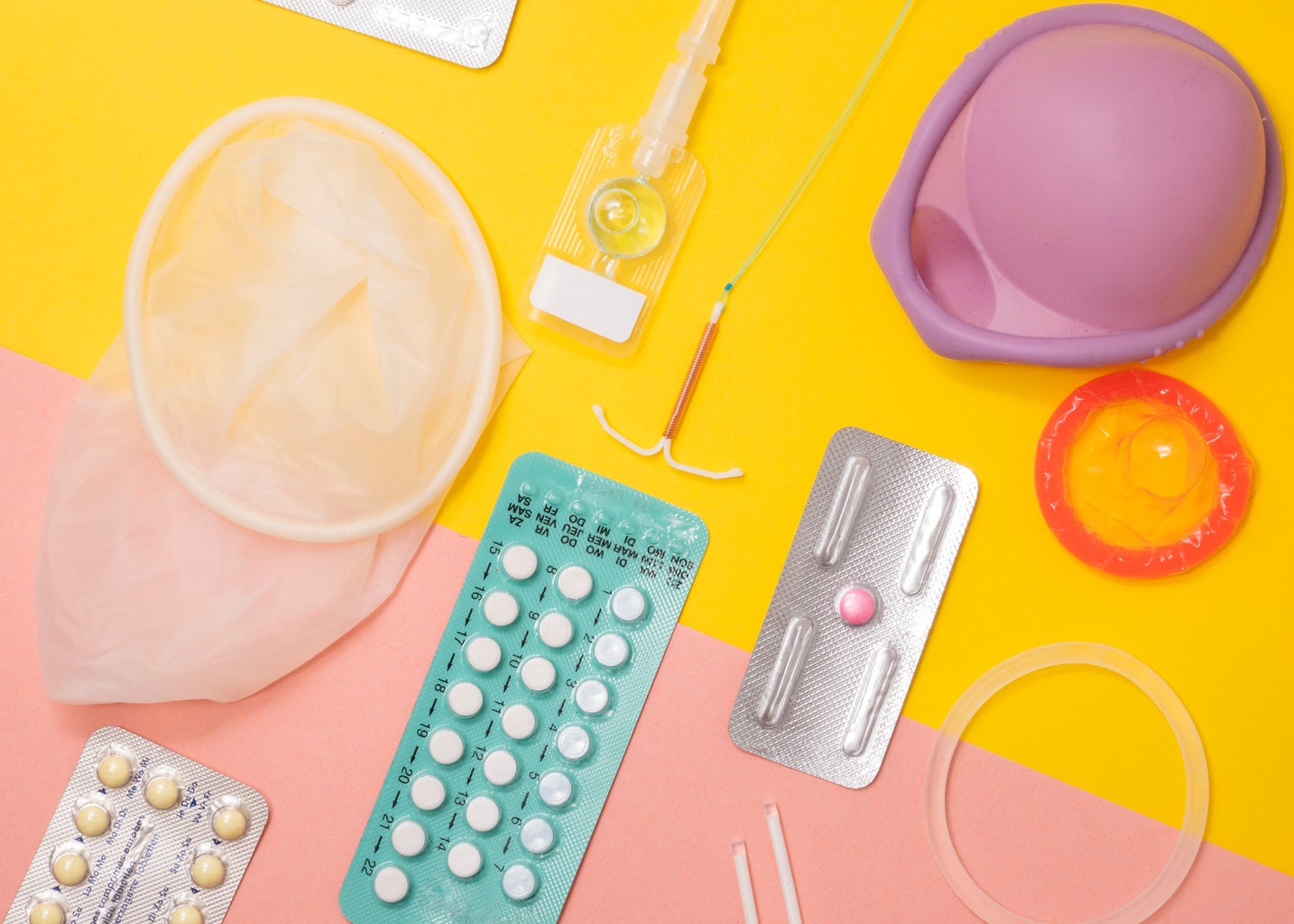I got my Kyleena IUD back in January of this year, and I remember going into that appointment a nervous wreck. This was my first experience with a speculum, a tool that literally sounded like a torture device, and I was absolutely not ready. I was sexually active by the time of this appointment so that definitely helped in my favor because I was already “opened up” a little bit down there, but I was still extremely anxious. So anyway, I go in, they walk me through the procedure one more time, and then it was happening. I had a kind, female nurse holding my hand throughout the whole thing, and after an uncomfortable five minutes, it was done. That was fast. I don’t even know what I was scared about. I had heard stories of women bawling on the table or seen them passing out afterward on TikTok, but for me, it was relatively easy. Sure, it’s obviously uncomfortable, and there’s definitely a pinch or two that I wouldn’t want to be done to me again, but for the ability to be baby-free for the next five years? Worth it.
Before Kyleena, I was on a combination birth control pill, which means it contained both the estrogen and progestin hormones. I had a reminder set on my phone every day for when I needed to take it, and it wasn’t too bad. Of course, I’m human, and I had a couple of slip-ups but it was built into my routine well enough that I ended up being okay. The issue for me was trying to get it refilled at the pharmacy every time. It felt like the folks at the pharmacy really did not want me to get a hold of my pills because almost every time I had to get my prescription refilled there was some issue. After once being three days late taking my pill, and then needing another week to get back on track due to a miscommunication in refilling my prescription, I hit a breaking point. This increased risk in pregnancy and hormone imbalance was the sign I needed to book the IUD appointment. Beyond that, when I was on the pill and getting a steady period, I was a hormonal wreck. Those around me knew that when it was that time of the month to not test me. An IUD, on the other hand, balances your hormones out.
If you’re thinking of getting an IUD, keep in mind that it is usually necessary to do a consultation with the doctor before the procedure to talk through your different options. Even though I had, of course, researched IUDs and all the paths I could take, it was helpful to speak with a professional about it. I was able to learn about the procedure, see what the IUD looks like, ask questions, and express my concerns. I ended up going with Kyleena, which is one of the hormonal IUDs and recommended as a great starter IUD for those that don’t suffer from horrible periods and are mainly in it for the “I don’t want to get pregnant” reason. The hormonal IUDs, Kyleena, Mirena, Skyla, and Liletta, work by pumping the hormone progestin steadily around the body for the years that it’s in place. I also liked that Kyleena was a five-year protection plan, and I had heard positive reviews about it from other friends, too.
After the procedure, which took place a couple of months after my initial consultation, there was definitely some discomfort. I was lucky and only had some small cramps here and there and felt fine by the next day. However, I would definitely recommend taking off work and making sure you give yourself a day to rest and let the IUD settle in. I also had to go back to check in with my doctor after a month to make sure everything was in place and all good (it was!). They recommended checking my IUD strings (which hang down outside the uterus in the vagina. They’re not like tampon strings and can’t be seen from the outside) once a month and come back into the office if I was having painful cramps or any discomfort because that means it could’ve gotten moved out of place.
The biggest frustration for me is the spotting. After I first got the IUD put in, I spotted a lot more than I do now after having it for eight months, but it is so annoying and I do have some ruined pairs of underwear from the unexpected bleeding. Now, I rarely spot (except for sometimes after sex) and I haven’t had to wear a tampon in a while. Just keep a pad, panty liner, or tampon on the go with you and you’ll be all set.
In regards to sex, the IUD might as well be non-existent, as it sits high enough up to where my partner would never hit it during sex or foreplay. However, he has stated that he can feel the strings sometimes and that they can scratch (which hasn’t affected our sex life at all), so just keep that in mind. A small price to pay to avoid a pregnancy neither of us wants right now.
If you’ve been waiting for a sign to get an IUD, I say do it! There are so many different options to pick from: Kyleena, Skyla, Liletta, Mirena, and (the 10-year protection, non-hormonal queen) Paragard. However, there’s plenty of other birth control methods too. If you want something low maintenance and effective but not as intrusive as the IUD, you can try the birth control implant. It sits in your arm and does the same thing as a hormonal IUD would, steadily pumping progestin around the body to thicken cervical mucus to stop sperm from getting through. However, I have heard some rough stories about the implant regarding nausea and sickness, so make sure to do your research (I’ve heard good things too!). If you want something that revolves more around a schedule, you can look into the birth control shot, vaginal ring, or the birth control pill. Disclaimer though, none of these options listed above (including the IUD) protect against STDs! So it’s so important that if you are having sex to be cautious, look out for STD signs and symptoms, and use a condom (condoms are also another trusted form of birth control if you’re just not feeling the whole messing-with-my-hormones-vibes).
Getting this IUD has been wonderful and easy. I’m able to have sex without the fear of getting pregnant and without the stress of forgetting to take my pill. I know that it’s up there doing its job, and I don’t have to do much to maintain it. It’s perfect for a sexually active college woman with a lot going on. Just remember that every body is different, so there’s no one right contraceptive option. I’m grateful that my experience with the IUD has been so easy, but I’ve also talked to people who it wasn’t the right option for, and that’s completely okay. Finding the right birth control method is a trial-and-error process that can sometimes take time, so just trust yourself and do what feels good for you.



